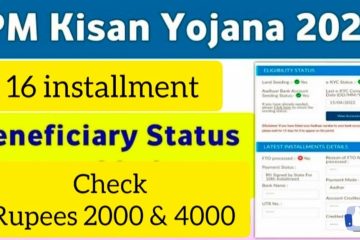Achieving Fast Results: Strategies for Success

Introduction
In today’s fast-paced world, achieving quick and efficient results has become a top priority for individuals and businesses alike. The need for rapid outcomes is increasingly relevant as competition heightens and expectations rise. Utilizing strategies that yield fast results not only boosts productivity but also enhances motivation and overall satisfaction.
Effective Strategies for Fast Results
1. Setting Clear Goals: Establishing specific, measurable, achievable, relevant, and time-bound (SMART) goals is paramount. Clear objectives provide direction and make it easier to track progress, enabling quicker completions.
2. Prioritization: Applying the Eisenhower Matrix can help individuals and teams prioritize tasks effectively. By distinguishing between what is urgent and important, one can focus on high-impact tasks first.
3. Utilizing Technology: Leveraging productivity tools and software can streamline processes. Applications that help project management, time management, and automation can significantly reduce the time required to complete tasks.
4. Time Blocking: Dividing the workday into blocks of focused work time limits distractions and enhances concentration. Setting dedicated times for specific tasks leads to faster completion.
5. Continuous Feedback: Regular check-ins and feedback loops help individuals and teams stay on track. Adapting based on ongoing feedback allows one to pivot towards faster and better results.
Case Studies and Examples
Organizations that have implemented these strategies often report significant improvements. For instance, a tech startup adopted agile methodologies to enhance its software development cycle, reducing time to market by 30%. Similarly, a manufacturing firm that embraced automation saw production times decrease by 40%, illustrating that fast results are attainable across various industries.
Conclusion
Emphasizing fast results can be a game-changer in today’s competitive landscape. By setting clear goals, prioritizing tasks, and leveraging technology, individuals and organizations can not only achieve quicker outcomes but also cultivate a culture of efficiency and effectiveness. As we move forward, those who adapt these strategies will be better equipped to face challenges and seize opportunities promptly, thus securing a competitive edge.









